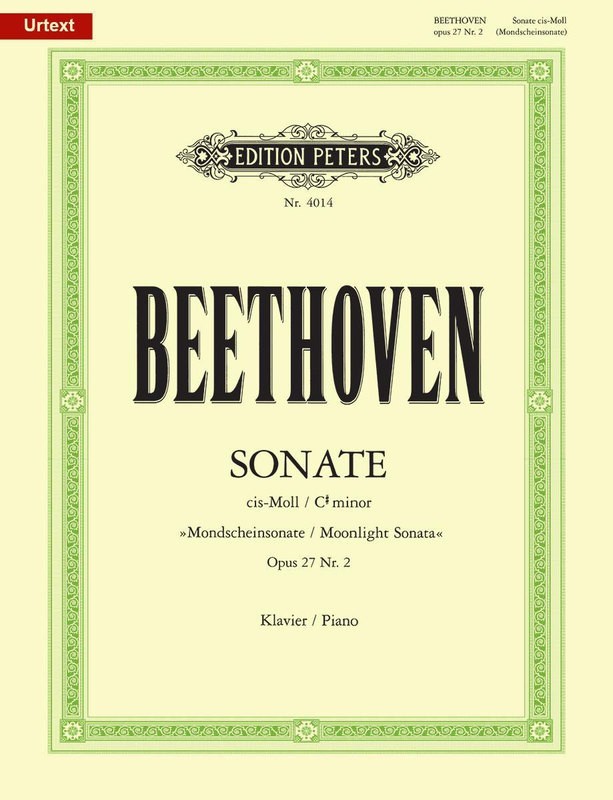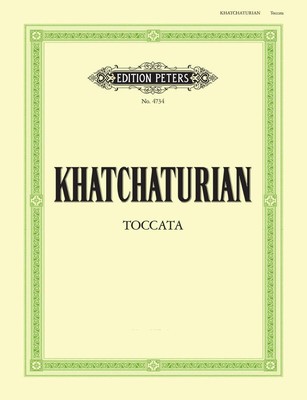The article below was originally posted on The Hal Leonard Classical Blog.
All credit to Brendan Fox for the original article.
When you’re searching for new rep to play or teach, it feels like hitting the jackpot when you find something that sounds harder than it actually is.
Exhibit A. C.P.E. Bach: Solfeggietto in C minor
My mom had studied piano up through high school, and I remember times during my childhood when she’d sit down and play through this piece. It’s telling that, after years of not much practice, she could still get back into it and play at tempo. At the time, I viewed it as a hugely impressive showpiece. But when I was about thirteen, and had studied piano for about six years, I found that suddenly I could sight-read it pretty well.
Solfeggietto sounds flashy because of the fast sixteenth-note arpeggios and toccata-like material, but almost all the content is laid out in easy-to-parse sequences that fit comfortably in the hands (as you can see clearly in the video). Slow practice is absolutely key to prevent rushing and any unevenness, but once you get the patterns into your fingers, you can basically increase the tempo to your comfortable limit. It’s the perfect piece for an intermediate student to play to impress his or her friends.
Exhibit B. Beethoven: Sonata in C-sharp minor, Op. 27, No. 2 “Moonlight” (III. Presto agitato)
The finale of Moonlight Sonata has gained a reputation as a kind of punchline in virtuosity, but mainly in pop culture circles. I’ve encountered this music in rhythm games like Dance Dance Revolution and even a Japanese arcade game that involves playing a simplified piano keyboard. Maybe it’s just my imagination, but I sense that its association with technical difficulty in this sphere has leaked into the community of young pianists and teachers.
Don’t get me wrong. It’s not easy. But this music shares a common theme with Solfeggietto in that a lot of the most “virtuoso” material is just building blocks of piano technique played at a fast tempo. Do you know your C-sharp minor and G-sharp major (OK, A-flat major) sixteenth arpeggios? Then you’re in a good place. Sure, there are some target-practice sections and some other early-Beethoven devices, but again, slow practice will get you there. And don’t listen to too many professional performances. Top-level pianists sometimes push the tempo to the point of insanity.
Exhibit C. Khachaturian: Toccata
I first heard this piece at one of my piano teacher’s studio recitals. I was a freshman in high school, and the kid who played it might have been younger than me. I was completely blown away not just by the impressive-sounding technique, but also by the musical moods: celebration, melancholy, passion. Since I had already learned Rachmaninoff’s Prelude in C-sharp minor, this seemed like the logical next piece in which to express my adolescent angst.
The most memorable material in the Toccata is a quiet, reflective passage in fast broken thirds. If you’ve heard the piece, you know what I’m talking about. It just oozes with melancholy. Every time I played it, I’d envision a gray sky on the verge of rain, perhaps with a lone bird fluttering across my field of vision. Khachaturian really did a great job with this little chunk of music. And it’s probably the most “easier to play than you think” content of the whole piece. The big descending-scale passage that separates some of the iterations of the material is also pretty easy because the two hands get to share each group of sixteenths.
I’ll admit there are challenges in the Andante espressivo section. The giant tuplet groupings in the left hand are intimidating, and the interpretation requires a good sense of breathing and rubato. But the bangy chords that open the piece, the motoric passages, everything else…really not that bad.
A final note on the Toccata: in every Youtube performance I found, the comment sections were full of statements to the effect of “it’s not that hard” or “I played this in ___ grade.” But, notably, no one really disparaged the music itself. So I suppose I’m just one more voice in the choir urging everyone to play this piece or teach it to a student who might be surprised by how quickly they pick it up.



